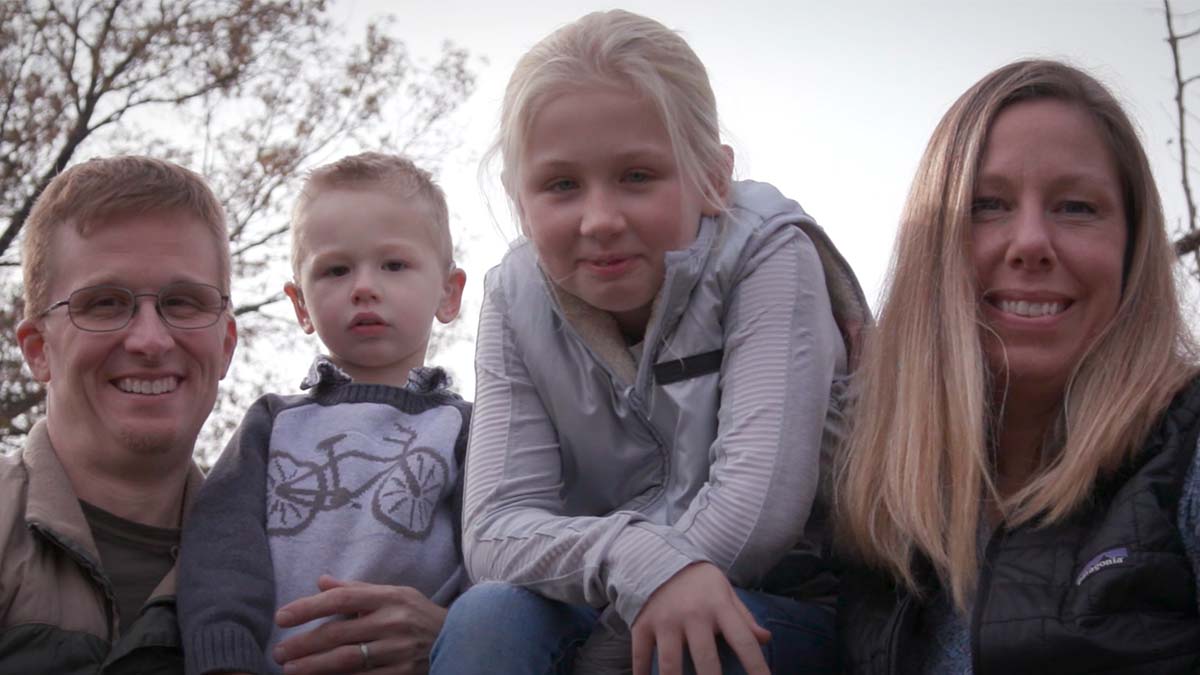Advancing a Public Health Approach to Patient Safety
From administering vaccines in war zones to leading the FDA’s drug safety group, our patient safety leaders draw on their experiences to bring a focus on public health.
Safety at the center
This is not your traditional patient safety group, solely focused on implementing rules and regulations in the health care industry.
At least, that’s what the average person would think after leaving a conversation with two of AbbVie’s leaders in pharmacovigilance, or “drug safety” for the benefit of patients.
It could be because of the unusual career path of AbbVie’s head of pharmacovigilance and patient safety Linda Scarazzini, RPh, M.D., who went from chief medical resident at a prestigious university hospital to patient safety leader at the FDA before joining AbbVie.
It could be because of the colorful décor in the office of Fabio Lievano, M.D., AbbVie’s vice president of safety science: T-shirts from his favorite safety conferences tacked up on the wall, next to awards recognizing his work bringing vaccines to war zones.
Or, it could be the fact that these leaders are so passionate about keeping patients safe that they joined forces to write the book “Pharmacovigilance: A Practical Approach,” tailored to the next generation of safety scientists.
Whatever it is, both Scarazzini and Lievano have developed a cutting-edge patient safety group at AbbVie that goes far beyond compliance and instead places patient needs at the center.
An evolving landscape
Take a step back in time several years, and patient safety across the field focused almost exclusively on compliance – following regulations and reporting guidelines set forth by government agencies.
While compliance is still an important aspect, today patient safety is far more holistic and more integrated. The field of pharmacovigilance has expanded and relies on delivering rich, data-driven information about medications to patients, medical practitioners and regulators, an evolution AbbVie anticipated and embraces, Scarazzini says.
“We have to give the patient the most meaningful information – they’re demanding this, and we’ve taken a proactive approach to deliver on patient needs,” she says. “Bringing my experience from the FDA, I’ve been able to bring that approach and build an industry-leading safety organization.”
This shift in mindset is reflected in AbbVie’s patient safety group, representing over 500 dedicated health care and safety professionals. About half of the group is safety operations, which includes nurses, pharmacists and the people who have a direct line to patients around the globe.
Bringing a public health lens
Also critical to patient safety is the science safety team led by Lievano, focused on benefit-risk analysis for medications and comprised of data scientists, physicians and epidemiologists, who study diseases within populations of people. This team gathers and analyzes global health and mediation data with patient impact in mind, identifying trends to bring back to scientists within AbbVie’s walls.
Lievano draws from his varied background in medicine and public health, including his previous roles across the globe with the U.S. Centers for Disease Control and Prevention (CDC) and the World Health Organization (WHO).
As a leader at WHO, Lievano was embedded during the Bosnian War and tasked with rebuilding health care services. At the CDC, he focused on measles control and elimination worldwide. After more than a decade in public health, the natural next step was to bring this firsthand knowledge to the pharmaceutical industry, Lievano says.
“I thought, I need to go where the medicines are developed,” he says. “And the science we do here, it’s the best way to protect patients and enhance health care globally.”
The future of patient safety
A laser focus on patients is emphasized within the growing field of precision medicine, which is intertwined with patient safety, Lievano says.
“The future is precision pharmacovigilance, where you’ll take medicine based on your DNA,” he says. “As an industry, we’ll rely on genomics and take it to the point where we can predict what will happen in the body.”
Precision pharmacovigilance is just one important area within safety science around the globe, illustrating the need for a future-looking approach driven by what’s best for patients, Scarazzini says.
“We built our pharmacovigilance team around data science and patient insights, relying on evidence and the strong voices of patients to bring us into the future,” she says.
Media inquiries:
Email: [email protected]


